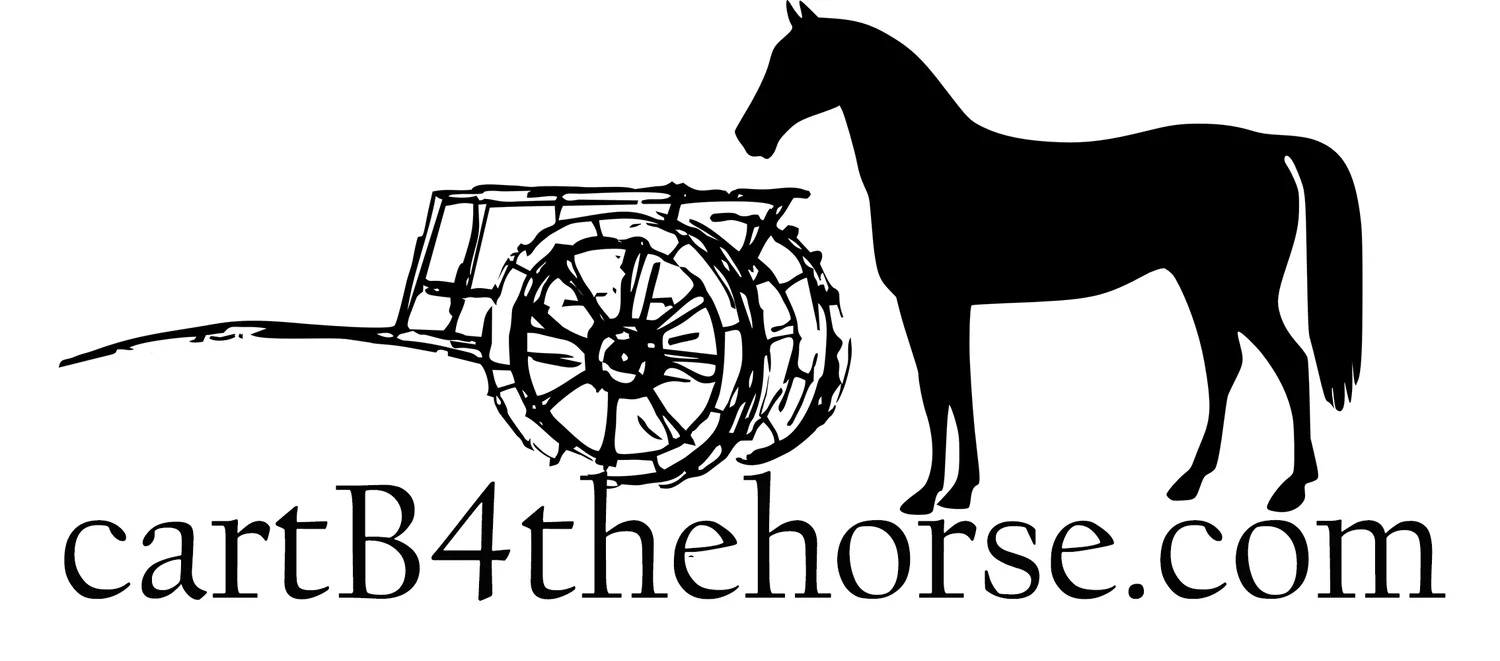Beyond the Yellow Brick Road
/John DiFulvio leans against a tree deep in the Mississippi Delta in April 1977. As the end of La Salle: Expedition II winds down, he considers the journey's end and the many journeys of life that lie ahead. (Photo by Marc Lieberman)
The month of April brings out the poet. April showers bring May flowers. April is the cruelest month. For the 19-year-olds of La Salle: Expedition II, April was more prosaic. It brought them all to a crossroads in their lives, a time for reflection and dedication.
The time had been coming. In March in Mississippi, Bob Kulick had felt it ’round midnight on a gravel walk behind the Grand Village of the Natchez. He had been hearing Elton John’s Goodbye Yellow Brick Road in his head, and Bernie Taupin’s lyrics hung with him. Like his companions, Bob had enjoyed the freedom of the trail all the way from Montreal. It had been his Yellow Brick Road, but his future lay before him, the trail his to blaze.
The expedition had been full of misery and danger, with ten-foot waves, howling snowstorms, jagged ice and frigid waters for months. Death had been close at hand in hypothermia at the Wisconsin-Michigan line and broken bodies in the truck crash in Indiana. In all honesty, though, the freedom had been a disguise. For nearly three years, dating back to the crew selection and through two years of training, the reenactment of La Salle’s 1681-82 expedition to the Gulf of Mexico had been life in a bubble. Every day was planned. Even on the trail it was a matter of so many miles paddled, camp set up, interviews given, and songs sung before sleep as one could find it – only to do it again the next day.
Bubble or not, each voyageur had learned much within the confines of the expedition. He had learned how to get along with others 24-7, to face troubles with flexibility and courage, to bounce back from disappointment, to serve a cause with devotion, to take responsibility for one’s self and to accept accountability to others, and to communicate feelings as well as ideas. That wasn’t merely education. It was the stuff of maturity.
The boys of August had become men by April. It was time for them to consider the next step in their lives “beyond the Yellow Brick Road.” On April 6 the canoeists passed Chalmette National Park, where Andrew Jackson fought the Battle of New Orleans. Two dozen women in hoop skirts and antebellum dresses performed for an audience. The voyageurs made camp on a levee at Belle Chasse. On the 7th they stroked sixty miles, deep into the delta.
Cypress trees festooned with Spanish moss covered the low banks. In the brackish swamp, the knees of their roots poked above the calm surface. Their bare branches stretched over shallow waters colored green with algae. Here and there an uninhabited cabin sat on pylons, dim insurance against a flood.
John DiFulvio put his back against a tree, drew up his heels and hooked his arms around his knees. He looked across the water. What he saw before him was not simply the serenity of the delta but the turbulence of life. One journey was ending. Many more lay ahead. But now he was ready for them in ways he never realized in August.
Not unlike Bob and John, American students face the end of a journey of 2016-17 as the end of April approaches. Many will be pleased to wash their hands of school work and plunge into vacation mode. Lessons? They’re for school, aren’t they? Twenty-three voyageurs of 1976-77 might disagree. Real lessons stay with you, and actually using the best of those lessons is a daily routine. How do you practice math facts every day? How do you see science working in the world around you? How do you communicate ideas and feelings? How do you record your memories? How do you treat others?
“How do you get to Carnegie Hall?” the tourist asked the New Yorker. “Practice, practice, practice,” he responded. How do your scholastic lessons get you through life? The answer is the same. Maturity comes when we employ the tools life gives us, not when we shelve them for a summer of self-indulgence. Read for enjoyment. Keep a journal. Calculate change in your head. Do something nice for someone else. Oh, have fun. That’s worth practice, too. But also see the Big Picture . . . beyond the Yellow Brick Road.





